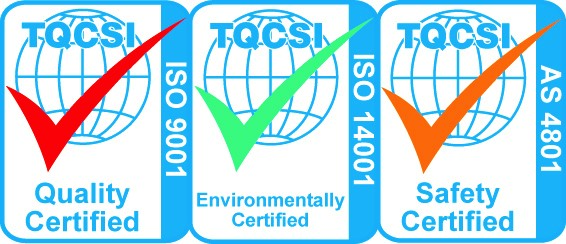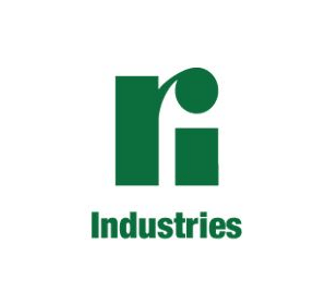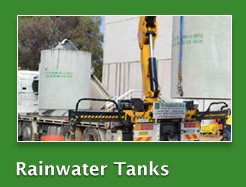In order to provide the best options for each of our customers, Ri-Industries is pleased to announce we are now a South Australian distributor of FujiClean wastewater treatment systems. Fibreglass domestic wastewater treatment systems from FujiClean offer an affordable, reliable option for homeowners needing a smaller wastewater treatment system, or where site access is difficult.
Just like our proven Ri-Treat system, the FujiClean CE-1500EX domestic model efficiently converts household wastewater from your kitchen, bathroom and laundry into safe, clean water for re-use around your garden.

These fibreglass tanks are a lightweight alternative to our Ri-Treat concrete tanks, and offer the following advantages:
- Proven design and high performance
- Simple maintenance and high energy efficiency
- An environmentally friendly design, resulting in lower operational cost
- Ease of installation in locations where access is difficult or limited
- A warranty of 15 years for tanks and 2 years for electrical components.
Why do we feel so strongly about wastewater treatment? Water is a limited resource that is in constant recirculation over time. The water we use today will, eventually, make its way back into our lives tomorrow. Water conservation is vital to ensure our planet has the resources it needs in the years to come.
More information on the FujiClean wastewater system can be found on our website.
If you’d like to learn how a FujiClean wastewater system can benefit your home, please call us at 08 8444 8100.








